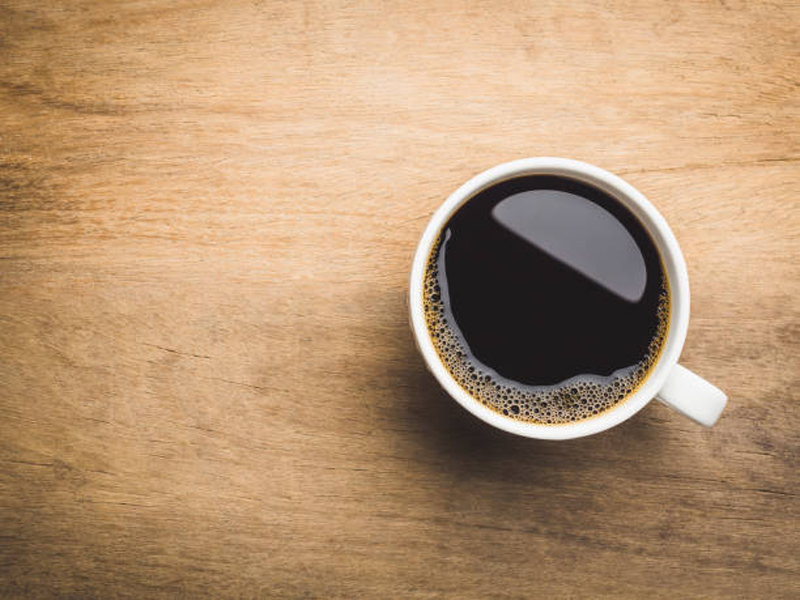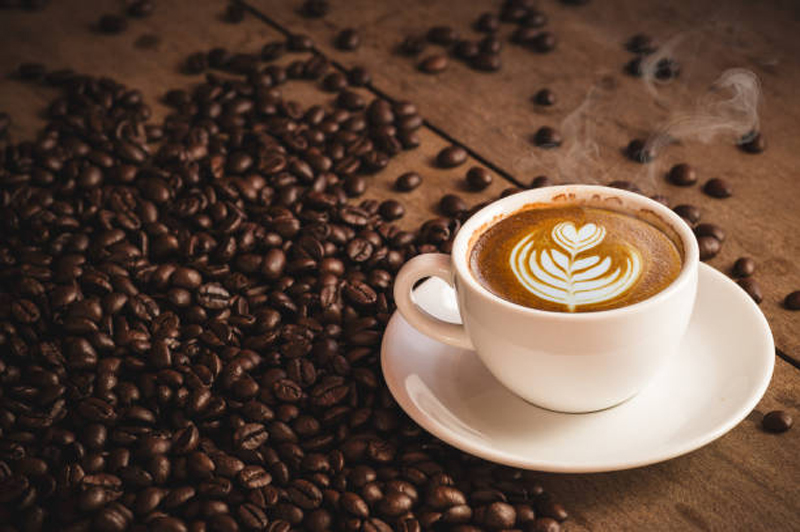Coffee is an alkaloid plant toxin (just like nicotine) which stimulates the brain through blocking neuroreceptors. These neuroreceptors are known as adenosine which is the sleep chemical in our bodies. Seasoned coffee lovers and coffee aficionados would love making these different coffees with a vacuum coffee maker.
The world produces more than 16 billion pounds of coffee beans per year. There are many different types of coffee, many of which stem from an espresso. This article explores the different types of coffees out on the market, as well as their (unusual) ingredients.
The Americano

An Americano is a pure coffee classic that consists of water and espresso. You will never receive an Americano with any form of dairy. The ratio of these ingredients is predominantly either a half (1 shot) or a third (2 shots) espresso and two-thirds of water. Generally, chain stores have more water than espresso as, unsurprisingly, many Americans still find raw espresso hard to palate. This is also why over time, drinks like the latte or the cappuccino became popular.
Did you know coffee grounds can beautify your skin, so save your leftover beans for a DIY scrub? Coffee grounds are exfoliators that can lift off dead skin cells, leaving your skin smoother and brighter. Caffeine is thought to improve the blood circulation in your skin.
The Latte

The word latte is the derivative of the Italian words “caffe latte”, which translates to “milk coffee.” A typical latte is contrived of six to eight ounces of steamed milk and one shot of espresso. Double shots of espresso topped with foam make up larger lattes, and they have added flavor and presentation. Let us not forget about the iced latte, which is chilled milk and espresso served over ice, and often blended for added consistency and served with sugar.
Here is a fun fact, some companies sell coffee beans which have been digested by a specific cat-like animal in Indonesia, called a civet cat. The civet eats the coffee cherries, but is unable to digest the beans, then the feces of the cat containing the coffee beans are collected, processed, and subsequently sold.
The Cafe Mocha
Cafe mocha is a variant of a latte, which similarly combines one-third espresso and two-thirds of steamed milk, but adds a portion of either dark or milk chocolate. Generally, in the form of sweet cocoa powder, although many varieties use chocolate syrup. Cafe mochas contain the well-known milk foam on top or served with whipped cream and a dusting of either cinnamon, cocoa powder or even a few decorative mini marshmallows.
Did you know a goat herder discovered coffee in Ethiopia in the 1500s? This herder saw his goats eating coffee cherries, and observed changes in their behavior, being that they had extra energy and did not sleep at night. The herder then shared his finding with local monks, and then they made a drink with the coffee beans.
The Frappe
A frappe is a shaken iced beverage, blended or beaten to produce a tasty, foamy, and refreshing drink. It is served cold, often with whipped cream and a variety of toppings. You can add ice before or after beating the coffee and custom additives such as sugar, milk, vanilla, and sweet sauces. It all depends on what you are shaking or blending it in a shaker, frappe maker or a blender.
Here is a fun fact; coffee drinkers tend to live longer! Research has linked a moderate consumption of coffee – about three to four cups a day with a longer life span, a reduced risk of cardiovascular disease, type 2 diabetes, and Parkinson’s.
The Macchiato
The Macchiato provides coffee addicts an excellent middle ground between an espresso and a cappuccino. The Macchiato came into being through sneaking an espresso into the afternoon. As it does not pack as much of a punch as an espresso shot, but it is also more potent than a regular cappuccino. A macchiato is made by “staining” one element of the milk and espresso duo with the other. Meaning you get one element, with just a dash of the other and not much else.
Did you know decaffeinated does not mean caffeine-free? An eight-ounce brewed cup of decaf coffee contains 2 to 12 milligrams of caffeine, while a regular cup of brewed coffee contains 95 to 200 milligrams, and one can of cola contains 23 to 35 milligrams of caffeine. These are just a few of the popular coffee varieties, and what they generally consist of, most countries have their ways of preparing these different kinds of coffee.
Comments
comments